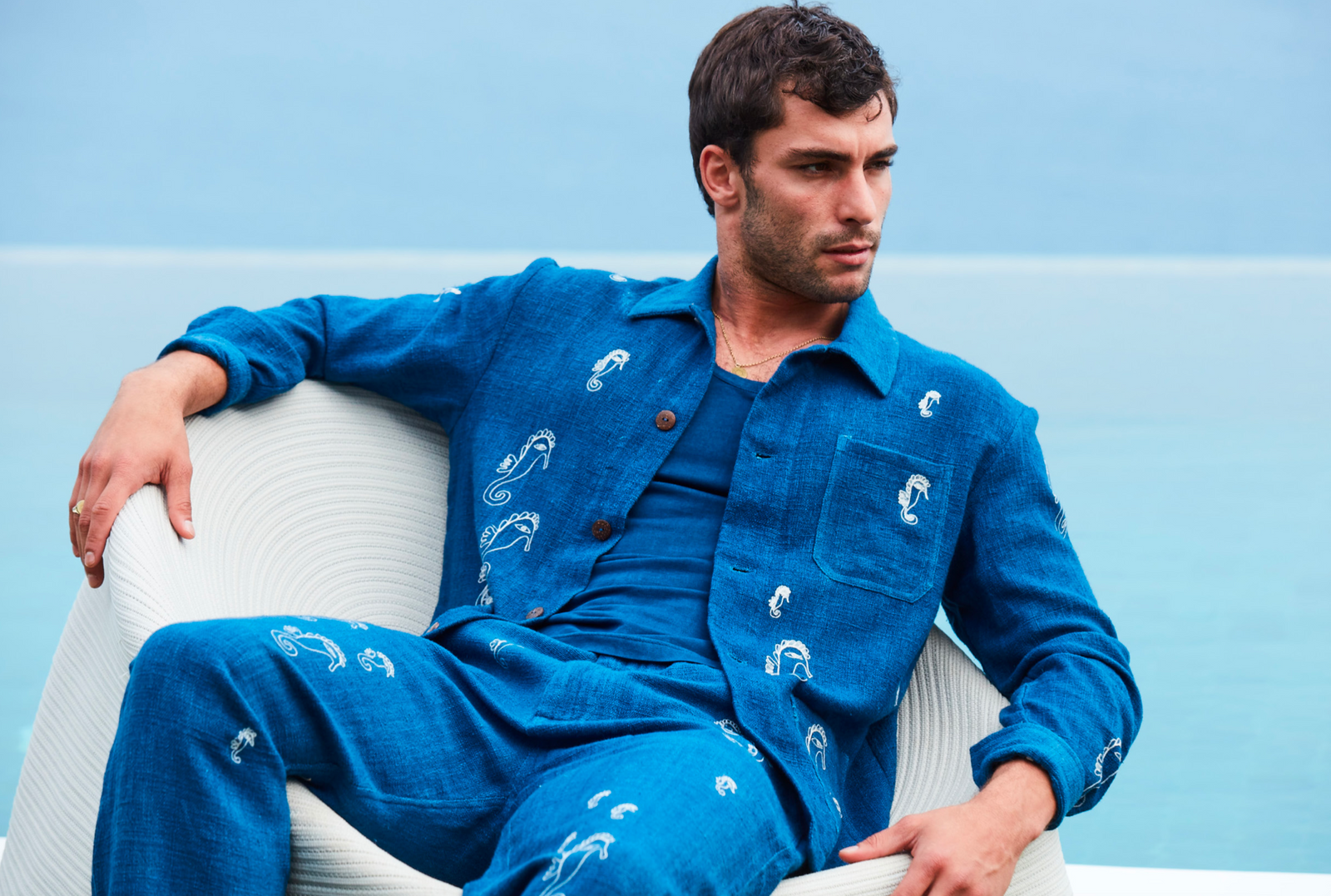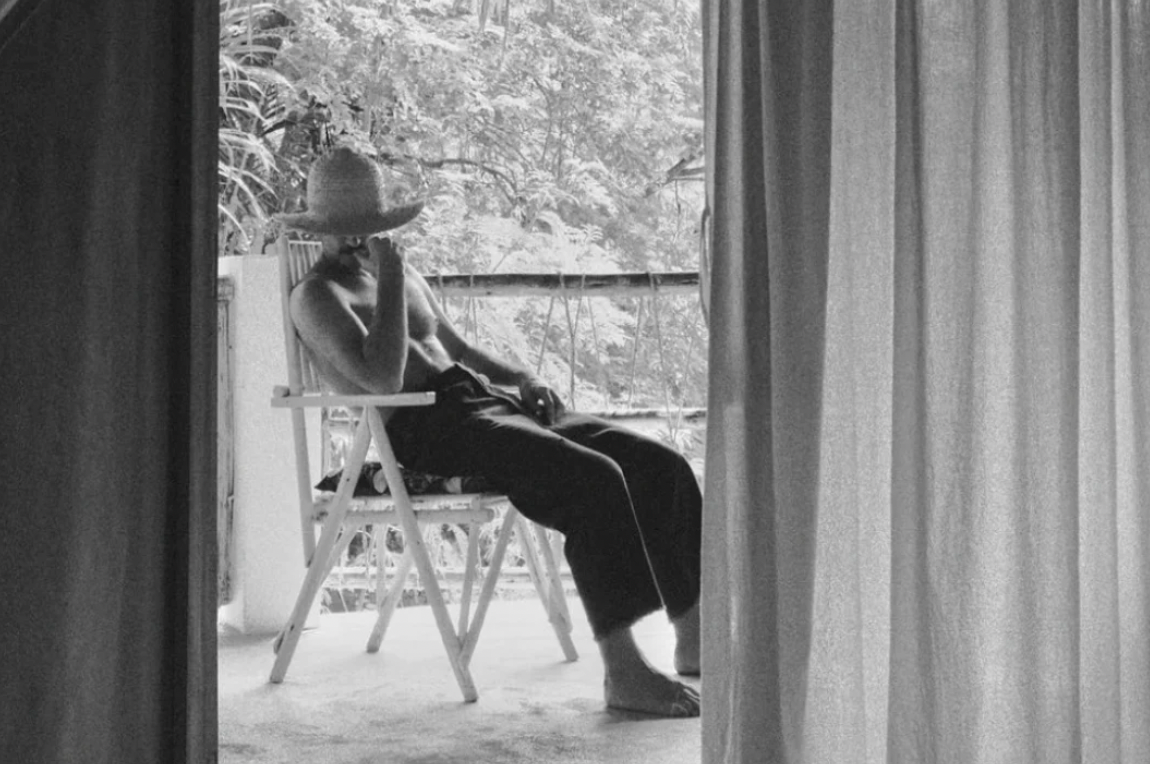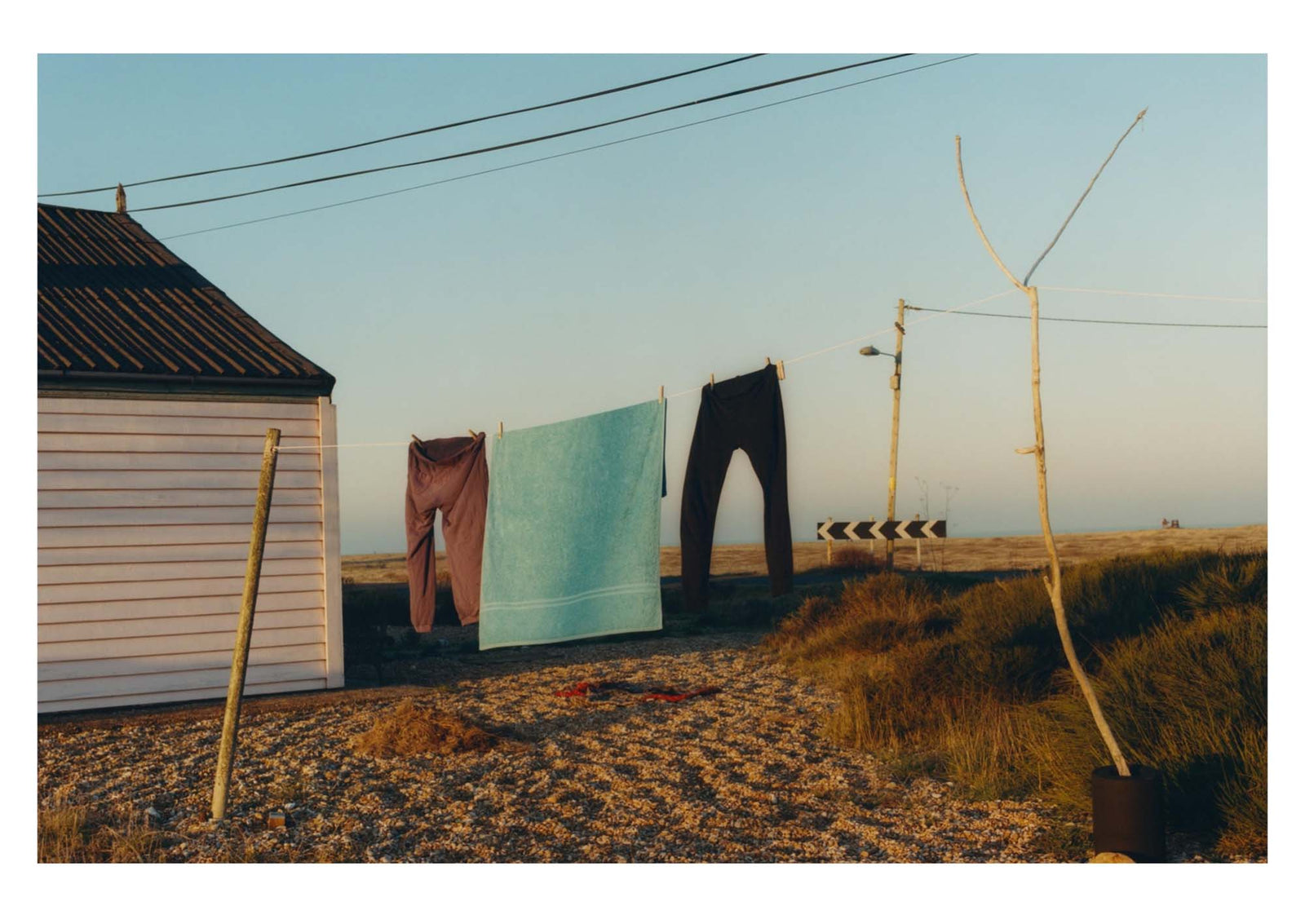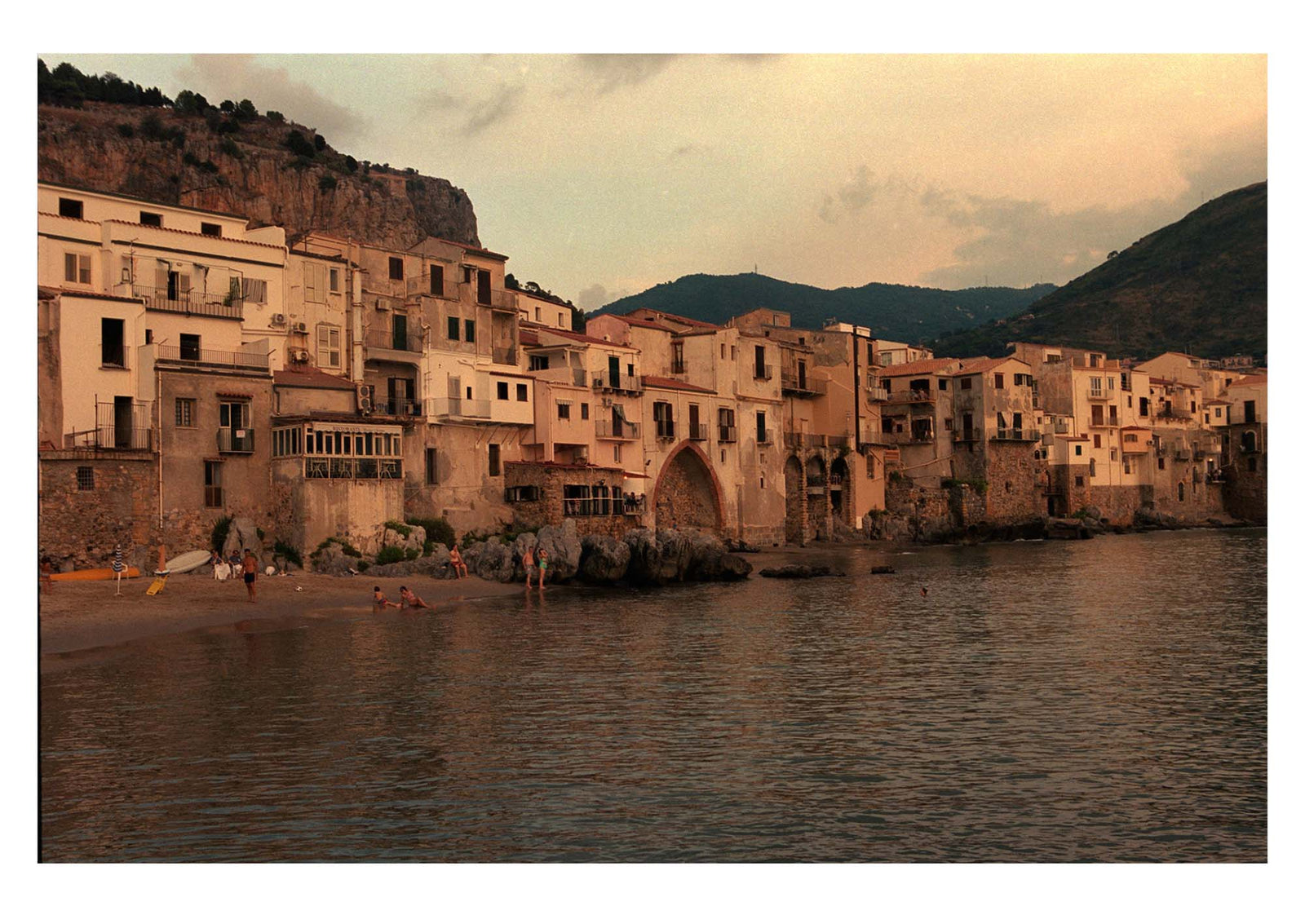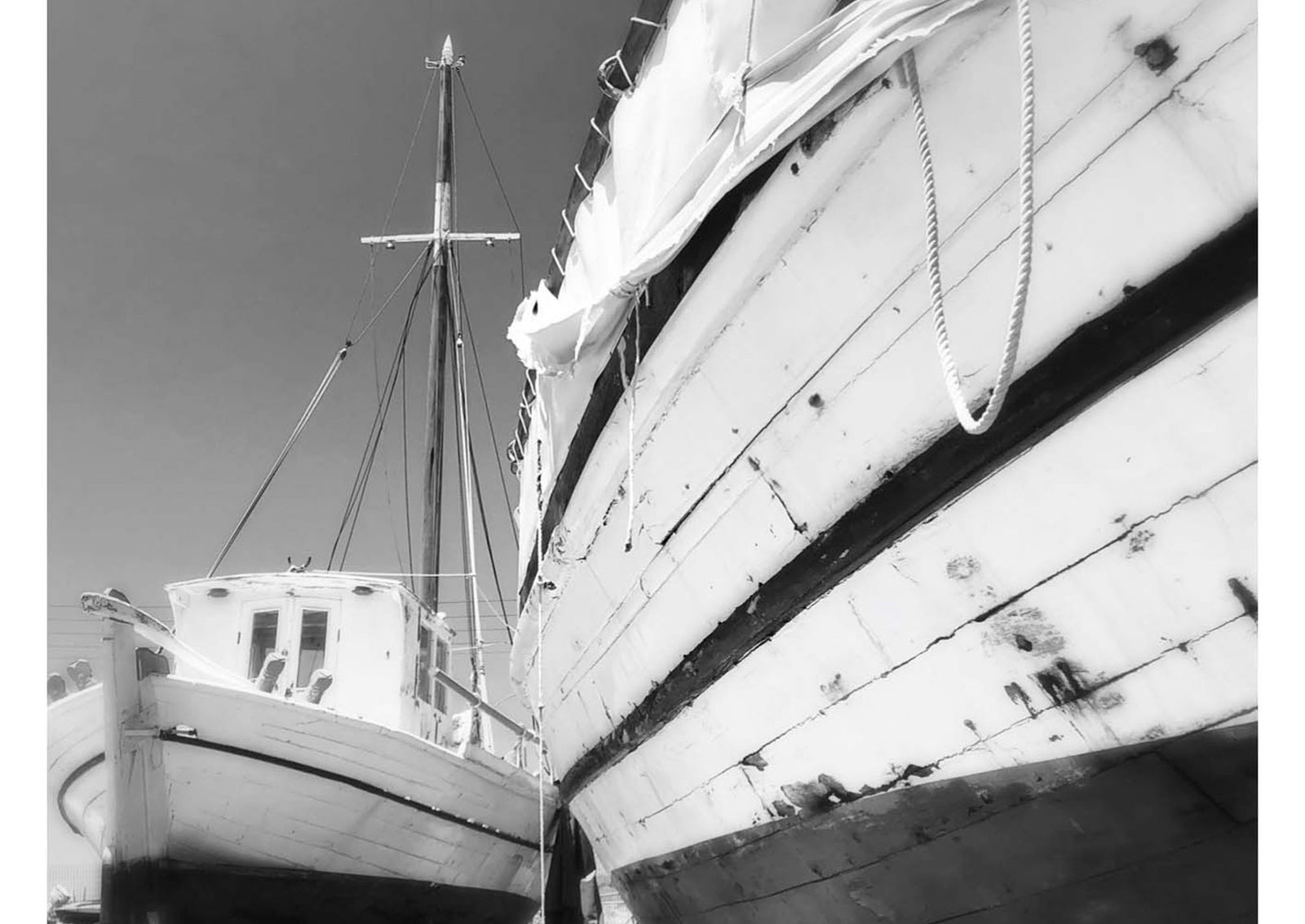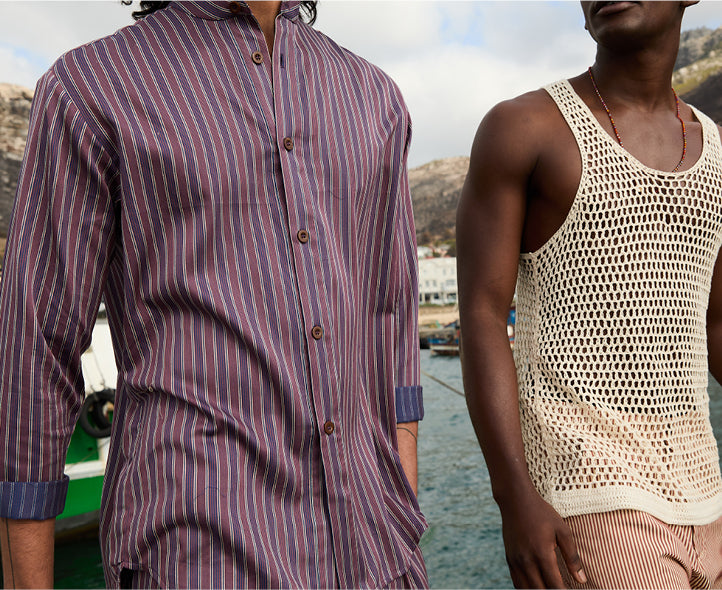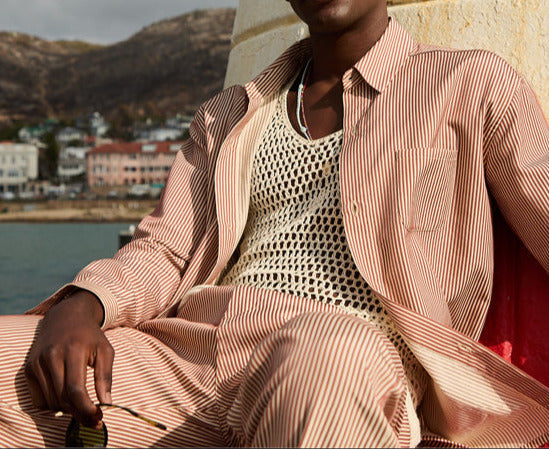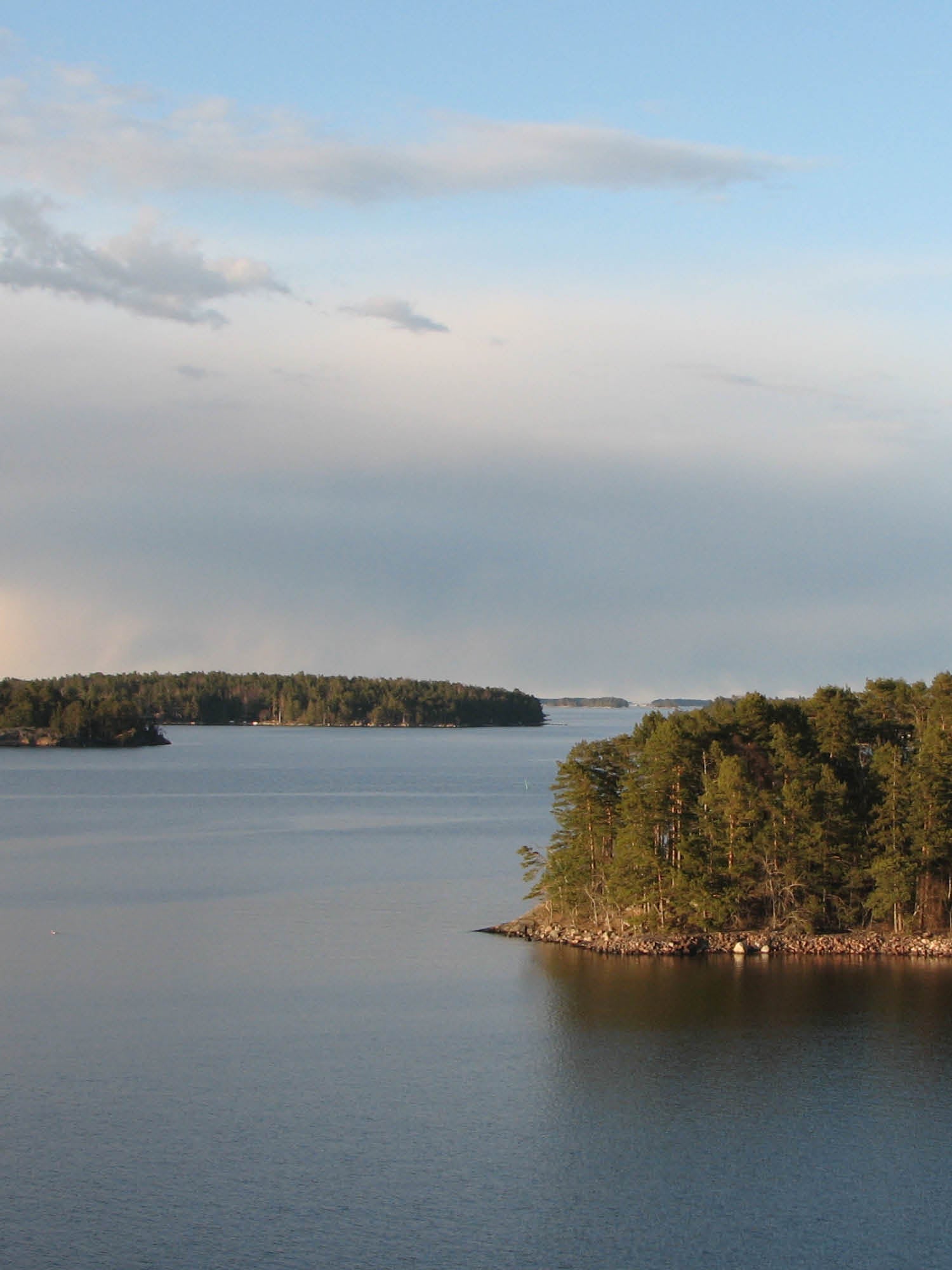There are few traditions quite as precious to residents of Sweden as the festival of Midsummer – or Midsommar – which takes place on June’s summer solstice, the longest day of the year. Escaping the cities to the vast splendour of the Swedish countryside for flower wreath-making, outdoor feasting and celebrations which last long into the evening – with help from local liqueur, aquavit – the pagan festival encapsulates the promise of Scandinavia’s bucolic summers (with none of the sinister side-effects of a certain 2019 movie of the same name).

